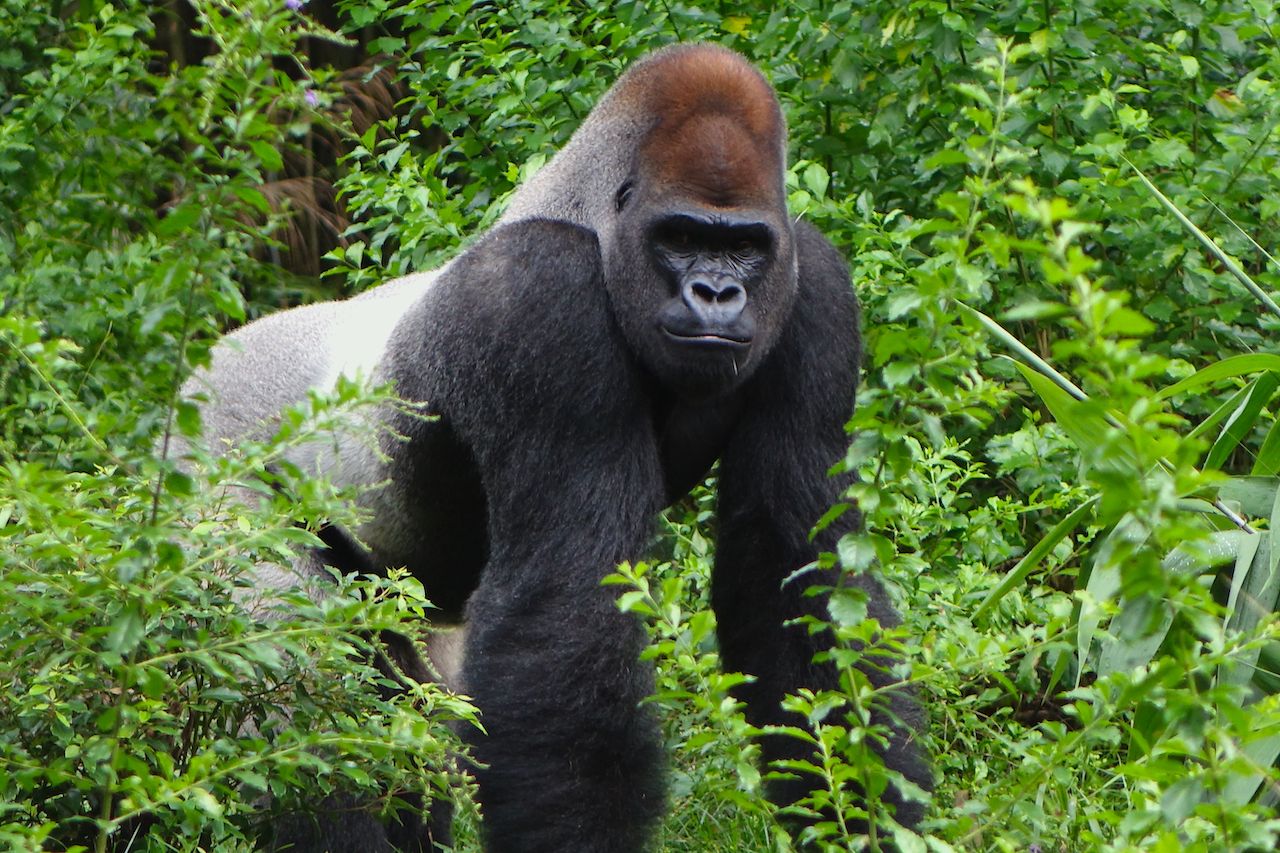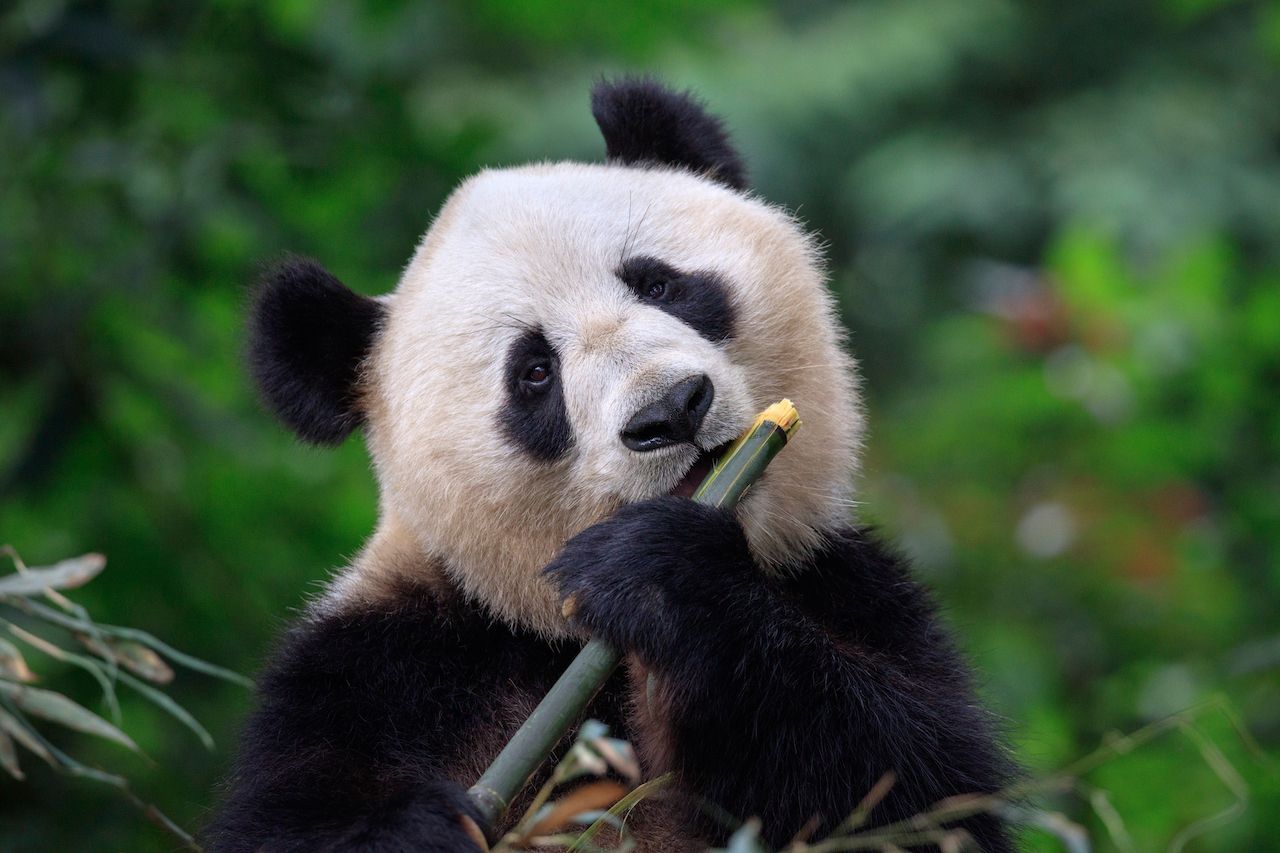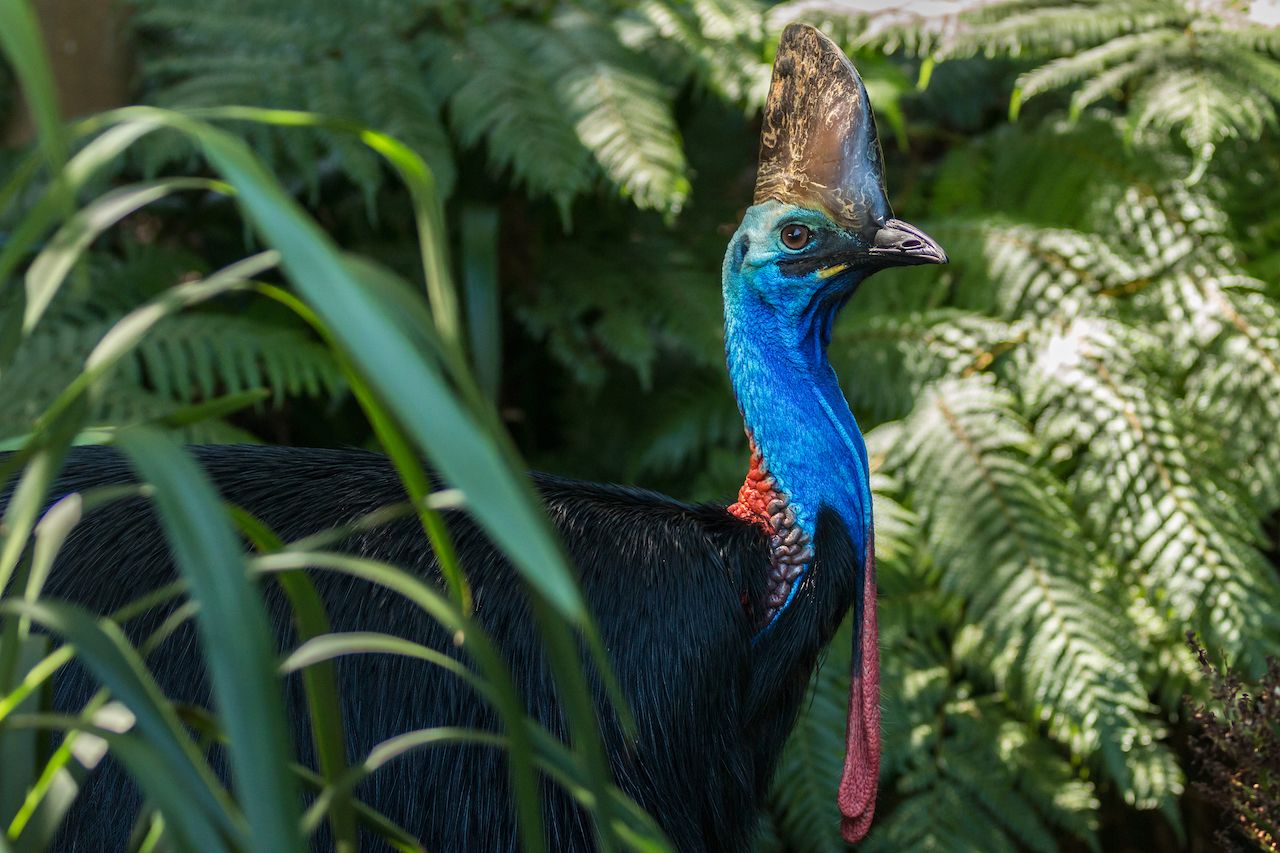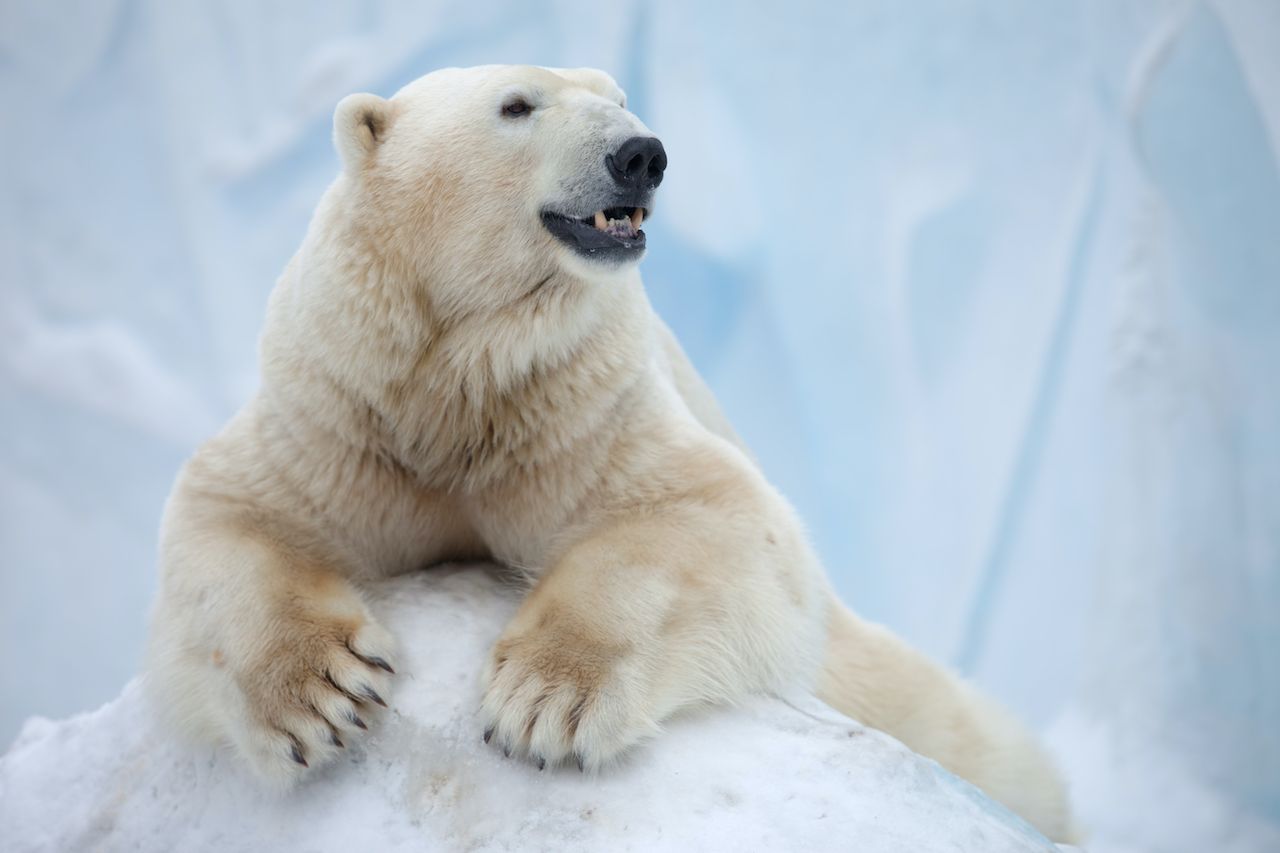The U.S. Fish and Wildlife Service lists 1237 endangered species. The following ten species are key because of their roles in the ecosystem and and dangerously low numbers.
Mountain Gorilla

Photo: CXI/Shutterstock
Africa’s mountain gorilla (Gorilla beringei beringei) is the largest and most powerful primate, but is very peaceful and sociable,
despite their portrayal in movies such as King Kong and Tarzan.
Gorillas are our closest relative after chimpanzees with an almost 98 percent DNA match. The remaining 600 individuals face habitat loss through deforestation, poaching, circus use, effects of political unrest, and human diseases such as measles.




